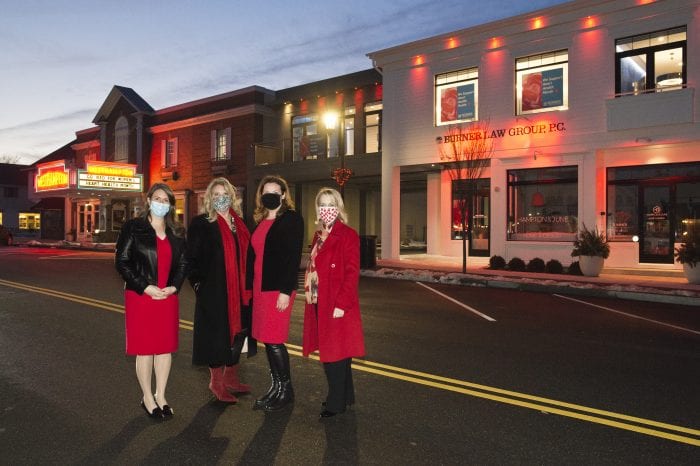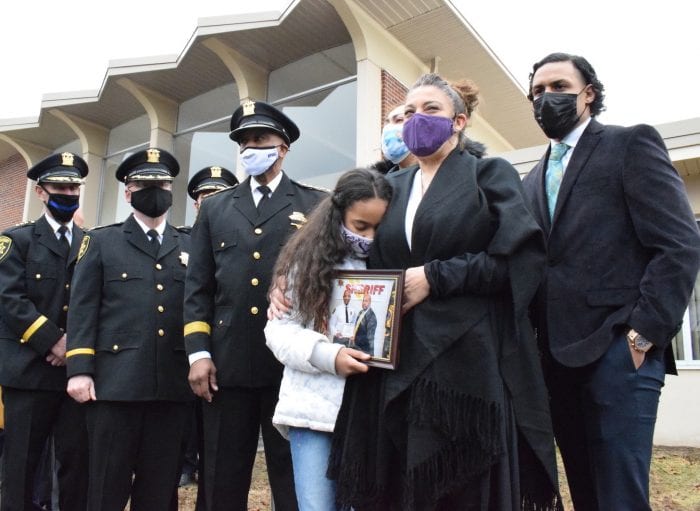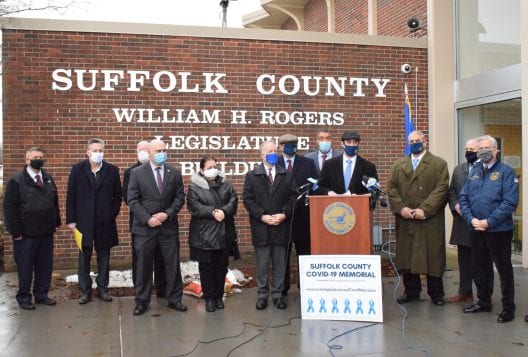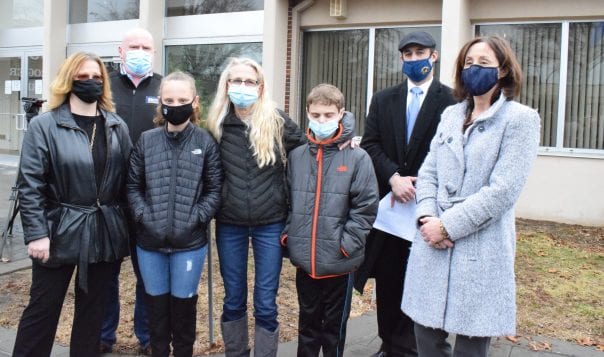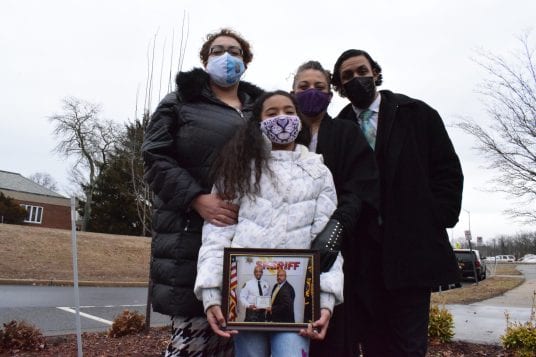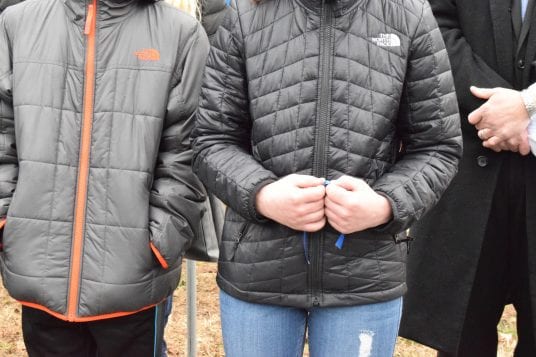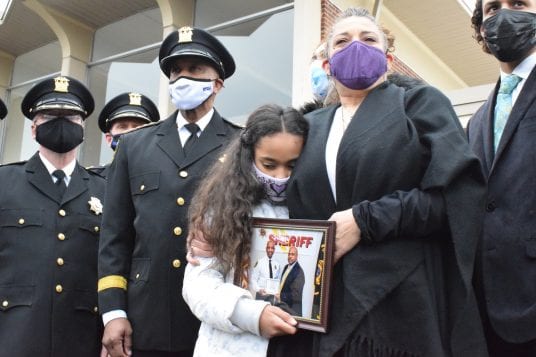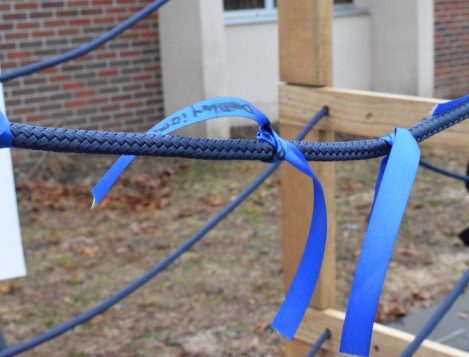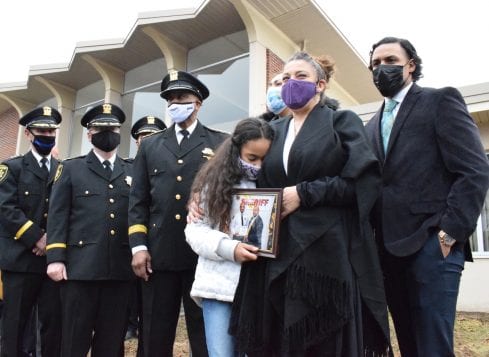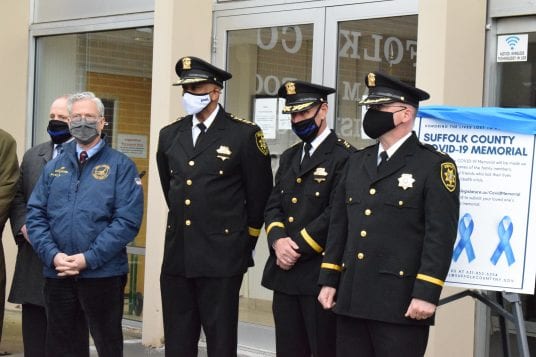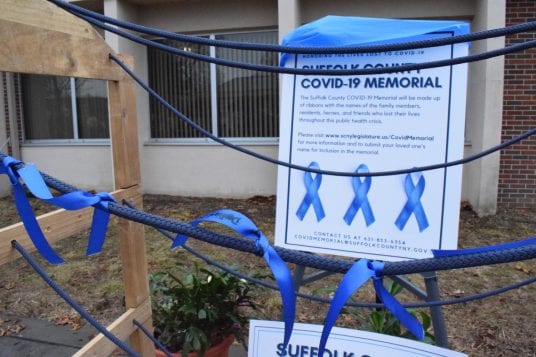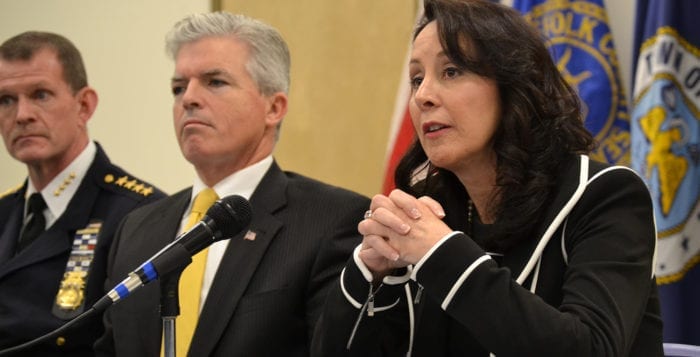By Elissa Gargone
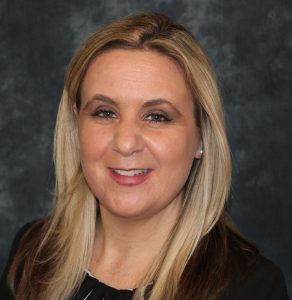
If there’s one thing we’ve gained during this prolonged period of sheltering in place and social distancing otherwise known as the pandemic, it’s a deep appreciation for human interactions. Whether brief and in person as you say hello to your letter carrier, or digitally through a Zoom call with family or friends, these contacts make us feel good. They perk us up, stimulate our hearts and our brains and can brighten almost any day.
Human beings are social creatures. From the beginning of time, our connection to others has enabled us to survive and flourish. Spending too much time alone can leave us vulnerable to social isolation and loneliness, not to mention related health problems such as cognitive decline, depression, and heart disease. Fortunately, even at this time, there are ways to counteract these negative effects.
During the warmer weather, few of us hesitated to get outside for socially distanced get-togethers or walks, but winter’s chill presents another challenge. While we can still bundle up for a walk or chat outside, most of us are more confined overall. Even so, getting out occasionally to be in the semi-distanced company of strangers can be invigorating.
Fortunately, our experience during COVID-19 has taught us some valuable lessons by further opening our minds to the great world at our fingertips through our keyboard, key pad and remote control device. At Jefferson’s Ferry Life Plan Community, we’ve strengthened our friendships and our resolve to stay in touch with the people in our lives, even if we have to step outside of our comfort zones.
While some people had an initial resistance to the digital world, most have come to eagerly embrace it and become adept and enthusiastic users. We’ve also adapted to using a number of the limitless apps available, from Zoom meetings to ordering take out, and from downloading podcasts to accessing art performances and information. We even have our own Jefferson’s Ferry app for the added convenience of fitness classes, entertainment, food and more from our devices.
Wherever you reside, social and digital media can introduce us to a whole new world of teachers, friends and entertainers. For many, Zoom, YouTube, FaceTime and TikTok have been a lifeline, keeping us connected with family, friends and even next door neighbors by providing laughs, new ideas, visits to nearby and faraway places and endless how-to videos.
For the uninitiated, Zoom and FaceTime allow people to connect in real time video to socialize, hold meetings, go on a video excursion, and take classes. If you haven’t seen a loved one in a long time, FaceTime and Zoom are akin to a miracle. YouTube offers a vast compendium of content from performances to cooking and fitness classes of every description, and so much more.
Your local library is a remarkable resource to entertain, educate and elevate emotional well-being. You can connect with fellow readers, travelers and lifelong learners through Zoom meetings and access an endless array of programming. A phone call to the library or a visit to its YouTube channel can help you get online and get going to enjoy hours of fabulous programs and opportunities.
Visit www.livebrary.com to access eBooks and Audiobooks (all you need is a Suffolk County library card) and go to your library’s website to explore its many offerings from the comfort of your home or bundle up and get out to experience nature, history and your overall environment in person on a beautiful winter afternoon.
Either way you’ll experience a no or low-contact adventure in your own backyard. While we may be living through a time of more “at home time,” a whole world awaits at our fingertips. Make sure you take advantage of it.
“Adventure isn’t hanging off a rope on the side of a mountain. Adventure is an attitude we must apply to the day to day obstacles of life.” — John Amat
Elissa Gargone is vice president of sales and marketing at Jefferson’s Ferry Life Plan Community in South Setauket.
This article first appeared in TBR News Media’s Prime Times supplement on Jan. 28, 2021.




